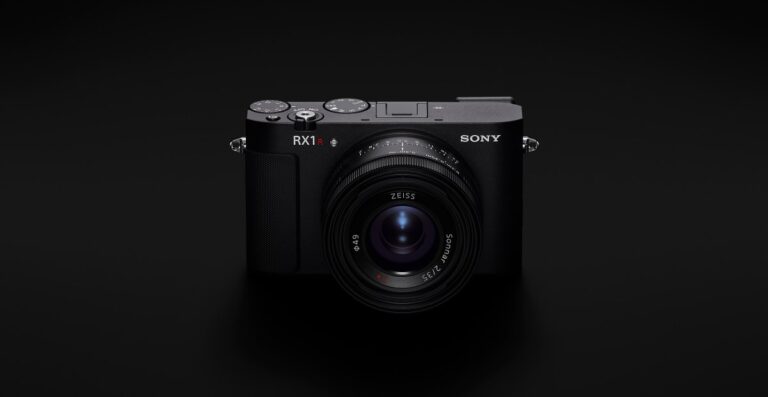Sony’s new RX1R III camera looks awesome. Hardcore photo enthusiasts have wanted an updated version of its full-frame compact camera, the RX1, for nearly a decade. I’m not surprised it costs a whopping $5,100 (cameras and lenses have been trending more expensive), but what I do find surprising, and quite egregious, is that the RX1R III lost the tiltable screen of its predecessor. Its rear LCD is fixed in place, which is a real blow to the street photographers and shooters who like the added convenience of easier from-the-hip or overhead angles.
The designers at Sony obviously went to great lengths to maintain similar dimensions to the last-gen RX1, and they did it while adding a lot: the high-resolution full-frame sensor from the A7R V, Sony’s latest autofocus tracking system, a longer-lasting battery, and a proper electronic viewfinder (no more pop-up nonsense). They even went the extra mile of integrating the top dials and hot shoe into the body for a sleeker look. To do all this, the company made the camera 2.5mm taller and 15.5mm deeper — though that’s mostly the Zeiss 35mm f/2 lens protruding a little further.
But if it made the body just a few millimeters thicker or wider to accommodate a flippy-tilty-screen I don’t think anyone would have minded. The camera’s small stature also seems to make it a non-starter for any lens or sensor-based image stabilization, which it also lacks. (Though, to be fair, the RX1 cameras never had it before either.)
Unrelenting dedication to smallness has been a long-standing issue of mine with Sony cameras. The Alpha line of mirrorless cameras have been technological marvels for years, and its innovations like eye-detect tracking autofocus helped lead the migration from DSLRs. At first, the move to mirrorless was all about smaller cameras, but Sony showed that better autofocus, electronic viewfinders, faster burst shooting, and higher video quality were all a bigger part of the equation. It’s why I personally own and use Sony Alpha cameras, even for paid gigs. But if I was choosing based on handling and comfort (which are important, especially when you’re sometimes shooting for 10-hour days), I would have stuck with Nikon or Canon.
I’ll commend Sony for making some inroads in the ergonomics department with its A9 III and A1 II cameras. They have deeper grips that are definitely better, and it’s partly why I upgraded my A9 II to a III. But even with that better grip, I can still get that dreaded “Sony knuckle” pain in my finger after a long day’s shoot.
I know part of the RX1’s ethos is putting a lot of camera into a very small package, even smaller than the incredibly popular Fujifilm X100VI, but it’s not like these are pocket-sized cameras. You still have to wear them over your shoulder on a strap or keep them in a bag. It’s no different than how I handle my Leica Q2, which is noticeably bigger. The Q2 is also a more ergonomically friendly camera to use than the RX1 and RX1R II, which I tried years back during my days working at a camera store.
Sony is charging Leica-level prices for the RX1R III, but it’s being stubborn about size to not accommodate a feature it already had. Meanwhile, Leica compromised slightly on its formerly-immaculate design when it fitted the Q3 with a bare-minimum tilt screen. Why? Because its users were clamoring for one.
I’ve wondered for a few years now if a potential RX1R III might sway me to sell my Q2 as my everyday camera and go all-in on Sony. The conveniences of Sony’s autofocus system, even for grabbing casual snaps of my chaotic 1.5-year-old, often already has me toting around my Alpha cameras over my Leica anyway. I’m sure I could still be convinced to make that switch, but when I pictured that hypothetical I didn’t expect to lose the conveniences of a tiltable screen like I’m accustomed to on my Alpha bodies.
Sony cameras are known for offering kitchen sink-levels of features. With the RX1R III, I think it falls just short. And at a high cost.
Read the full article here
